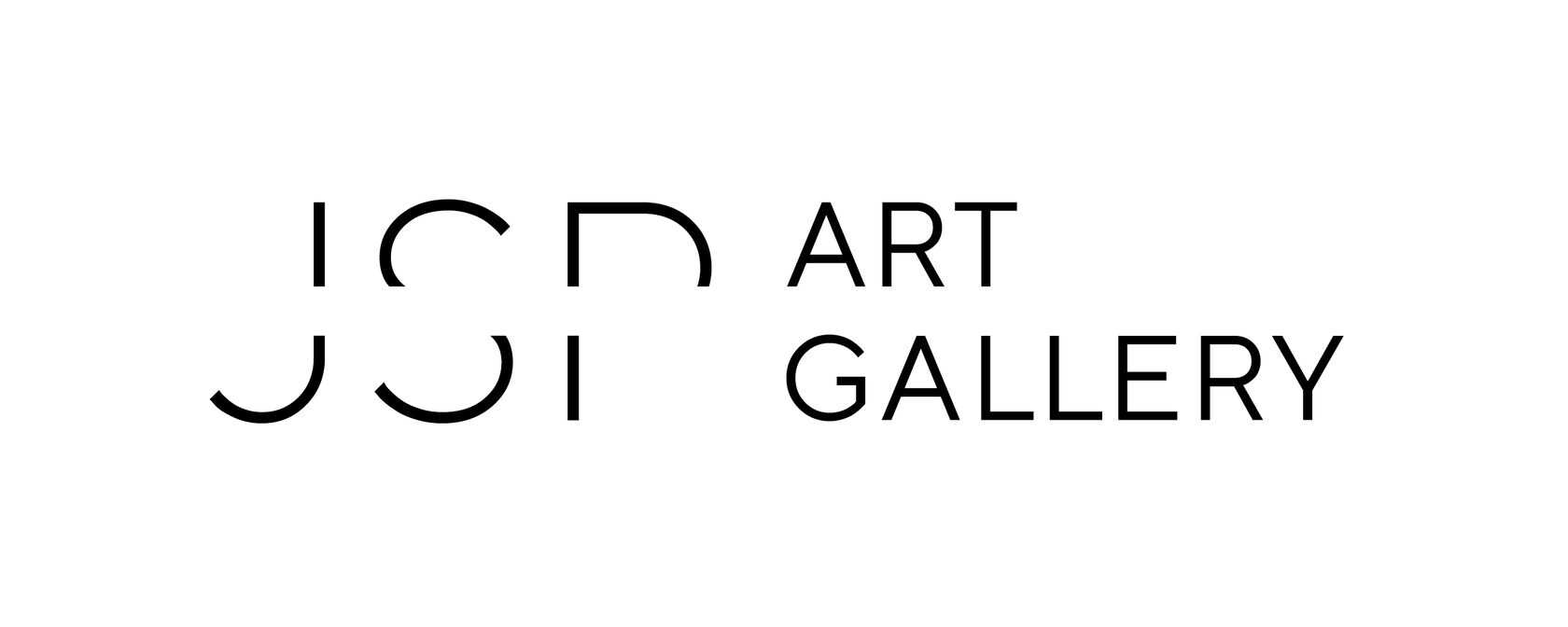For more than 27 years, Per Morten Abrahamsen has been at the absolute forefront of Danish Photography.
Known as a master of staged portraits, Abrahamsen is responsible for iconic and widely published images of Queen Margrethe ll, Lars Von Trier, Mads Mikkelsen , Nicolai Coster Waldau, Mærsk McKinney and many others, and has build a name on his ability to translate often spectacular ideas into images that are able to capture both the eye and the imagination of the viewer.
Throughout his career, Per Morten has undertaken a vast array of commercial projects
including editorial and online content, international advertising campaigns, album covers,
theatre and dance projects, as well as corporate art decoration. Per Morten Abrahamsen is based out of Copenhagen and carries out projects internationally.
edition of 15
109 x 72.5 cm
edition of 9
100 x 85 cm
edition of 10
117 x 90 cm
edition of 10
50 x 70 cm
Abrahamsen, Bota, Genovese, L'Altrella, Puggioni
True Romance - The Transformed Body

The exhibition ''True Romance - The Transformed Body'' by artists from Italy, Austria, and Denmark aims to highlight the possibility of resisting the pervasive use of urgent media images and also resists the extremely strong romantic utopia that prevails in many forms of contemporary art.
Exhibiting artists: Per Morten Abrahamsen, Adam Bota, Francesca Genovese, Maurizio L'Altrella, Dario Puggioni
Exhibition curator: Sebastian Pastuszak Jr.
12th of July – 16 of August 2024
The exhibition "True Romance - The Transformed Body" features works by Per Morten Abrahamsen, Adam Bot, Francesca Genovese, Maurizio L'Altrella, and Dario Puggioni (with the exception of Adam Bot, the other artists are being introduced to the Czech audience for the first time). It offers a deep insight into the complex issue of the human body‘s transformation in the context of the contemporary world. These transformations are driven by rapid technological advancements and the growing influence of transhumanist and posthumanist ideas. Transhumanism focuses on enhancing human capabilities through technology, including cyborgisation, genetic modifications, and artificial intelligence. Posthumanism pushes the boundaries of human existence beyond the biological body and explores how technology can reshape the very essence of being human.
Contemporary art reflects these changes in its depictions of the human body. Traditional artistic representations of the body were often idealised and focused on aesthetic values. In contrast, modern artists explore the body as a dynamic and constantly changing object. Their work encompasses themes such as avatarisation, technological integration, and cyborgisation, reflecting current concerns and hopes associated with the future development of the human body.
The traditional understanding of the body is based on biological and cultural norms that define what it means to be human. The body has been perceived as finite, immutable, and determinant of our identity. Conversely, the transhumanist understanding of the body considers biological limitations to be surmountable. From this perspective, the body is seen as something that can be modified and enhanced through technology. This represents a fundamental shift in our self-conception and raises questions about identity, ethics, and the future of humanity.
In contemporary art, the body is often depicted as a site of conflict between traditional and modern values. Artists explore how technological innovations alter our perception of the body and its functions. For example, in Dario Puggioni's work, the body is depicted as a hybrid form that combines organic and mechanical elements, thus raising questions about the boundaries between human and machine. Francesca Genovese focuses on emotions and identity in the digital age, where the body is no longer firmly defined but is fluid and changeable.
Comparing the representation of the body in contemporary and classical art reveals profound differences in the perception of human existence. Classical art often celebrated the body in its ideal form, emphasising its aesthetics and symbolism. Sculptures from ancient Greece or Renaissance paintings depict the body as a harmonious whole, embodying beauty and perfection. In contrast, contemporary art often deconstructs this ideal, presenting the body as imperfect, vulnerable, and subject to change.
The exhibition "True Romance - The Transformed Body" at JSP Art Gallery illustrates this evolution. It confronts viewers with the paradoxical position of the body in today's world and shows how technology is transforming our physical and psychological identity. The body becomes a field for experimentation, where traditional concepts clash with new, futuristic visions.
This exhibition provides a deep insight into the complex issue of body transformation in the context of the contemporary world. It reflects the development of body representation in art and explores the connection between traditional and transhumanist understandings of the human body. It creates a space for discussion about what it means to be human in an era of technological innovations and how these changes affect our self-conception and cultural identity.
Sebastian Pastuszak Jr.
It is 1993, the year in which Tony Scott films the travel movie "True Romance," based on a screenplay by Quentin Tarantino. A pair of lovers journey through the land, heedless of any possible loss or risk. In the air floats only their love, nothing more. A year later, Oliver Stone "took on" the screenplay and made the groundbreaking film "Natural Born Killers." A palette of cuts and various overlapping events surrounds the murderous couple, Juliette Lewis and Woody Harrelson, who, unwaveringly and almost grotesquely, "hold on to" their love, which manifests fully despite all the inevitable obstacles.
If we analyse the film based on the created images in the midst of multi-layered media chaos, it becomes clear that romantic motifs of untouched nature and quiet longing repeatedly come to the forefront—accompanied by the melancholic ballads of Bob Dylan and Leonard Cohen. The very core of the film thus points to the unique possibility of authentic being in the unity that arises through romantic love. However, love is naturally just an illusion and ultimately remains merely a sign in the vast sea of "prefabricated" media animations and contrived suggestions.
I believe that in contemporary art, this romantic utopia is extraordinarily strong, even though it functions as a leitmotif in the spirit of the times, offering a symbolic way out of the artificially saturated motifs of media and postmodern fragmentation—ergo, from a world of all sorts of contexts and allusions. The exhibition "True Romance - The Transformed Body" aims to highlight the possibility of defying the omnipresent use of media through urgent images, which are also central to the film "Natural Born Killers."
Uwe Goldenstein

